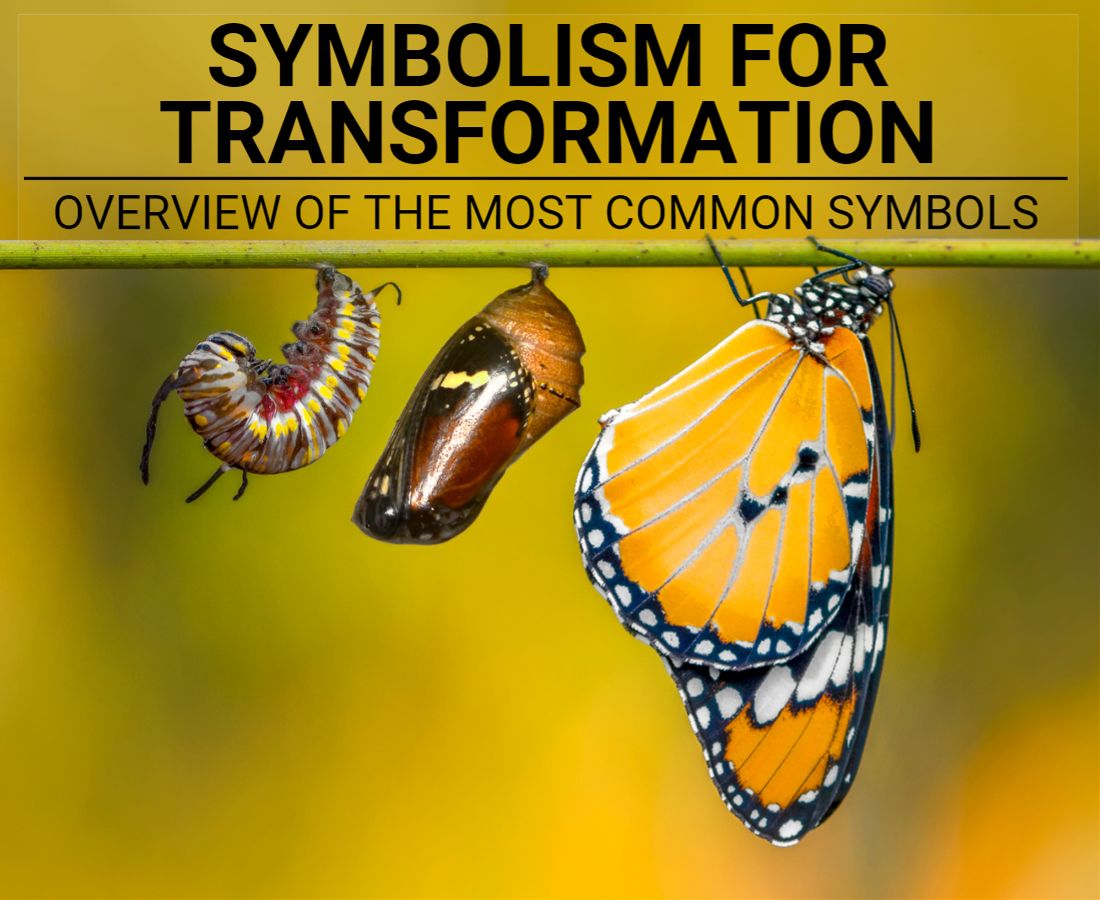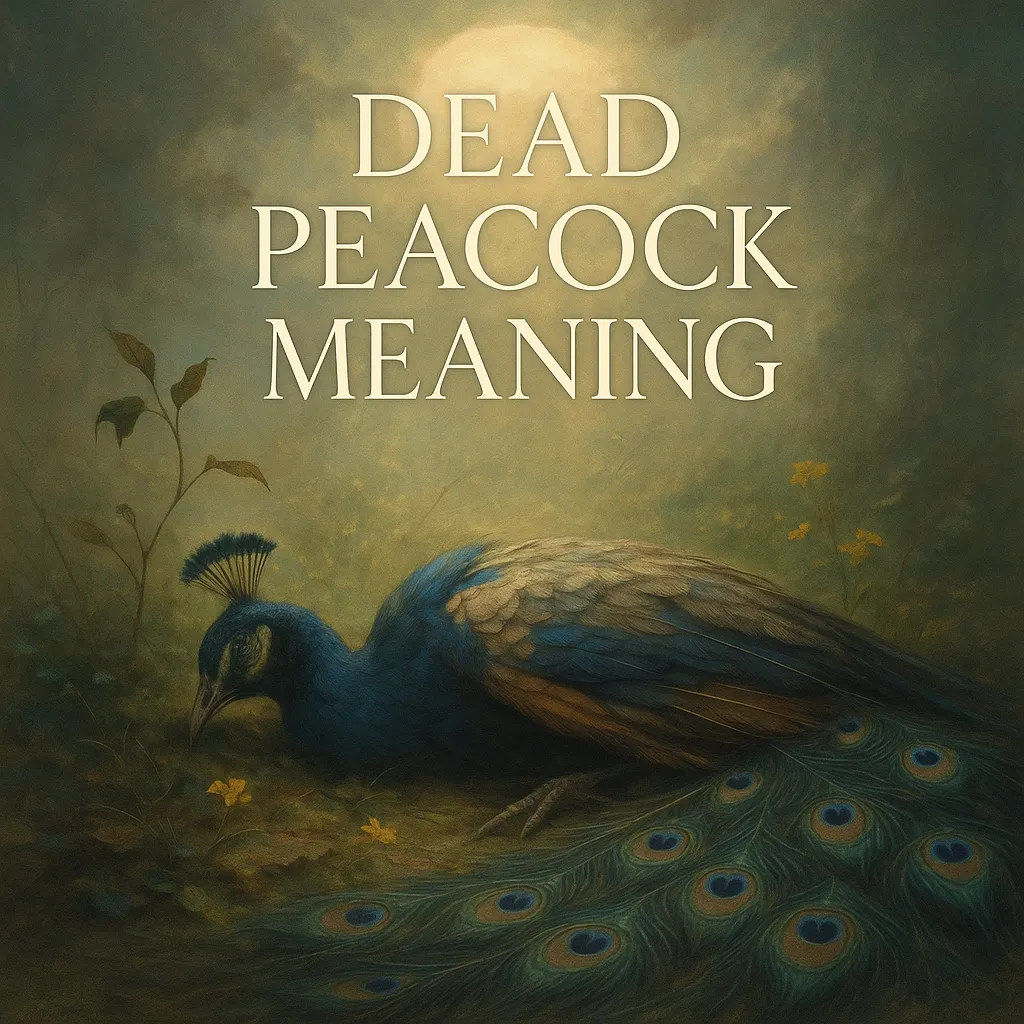Much like performing the same set of exercises at the gym day after day, we tend to seek changes in our lives to keep things exciting, challenging, and supportive of the people we are today. While even the happiest and most satisfied eventually get tired, it is common for us to seek a time to step back and fall back in love with ourselves through a renewed spirit.
Whether you aim to rejuvenate your journey or motivate and refresh yourself, our list of symbolism for transformation seeks to inspire you to pursue and embrace profound spiritual growth.
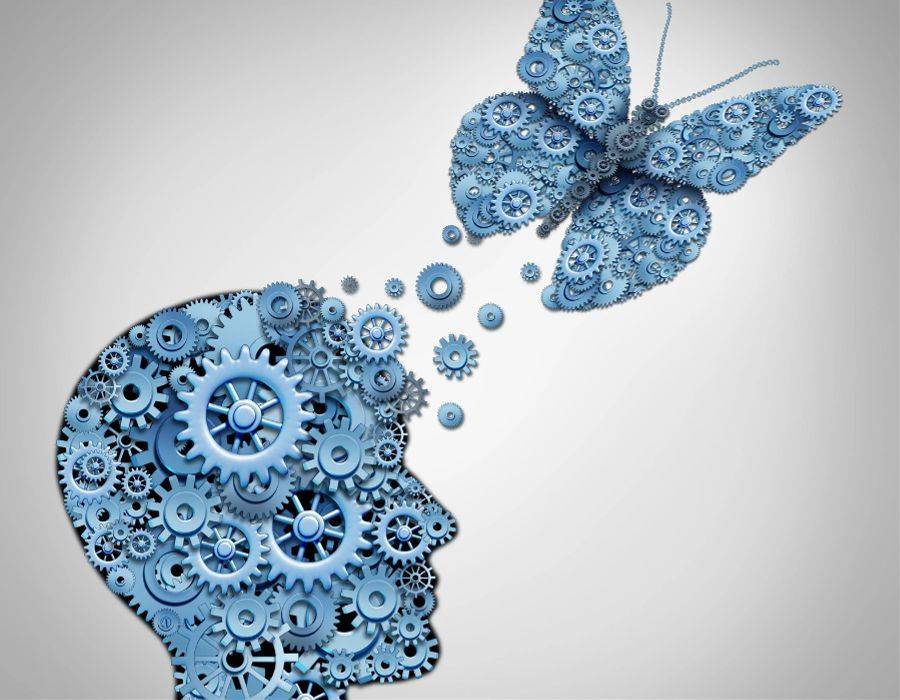
Table of Contents
- 1 Key Takeaways
- 2 Butterfly
- 3 Trees
- 4 The tree of life
- 5 Rainbow
- 6 Autumn
- 7 Eggs
- 8 A makeover
- 9 The repentant thief
- 10 The Lotus Flower
- 11 The Phoenix
- 12 Ouroboros
- 13 Understanding Symbols of Transformation and Renewal in Daily Life
- 14 FAQ
- 14.1 What does the metamorphosis of a butterfly symbolize?
- 14.2 How does the phoenix represent renewal?
- 14.3 Why is the lotus flower considered a transformation symbol?
- 14.4 What does the Ouroboros symbol teach us about transformation?
- 14.5 How can trees serve as symbols of personal growth?
- 14.6 What does internal renewal involve in spiritual transformation?
- 14.7 How do rainbows symbolize transformation?
Key Takeaways
- Transformation symbolism appears throughout nature and spirituality, with the butterfly’s metamorphosis and the phoenix rising from ashes representing our capacity for personal renewal and growth.
- Natural elements like trees and rainbows serve as powerful reminders that change is both necessary and beautiful, encouraging us to embrace periods of transition rather than fear them.
- The lotus flower teaches us that beauty can emerge from difficult circumstances, symbolizing how our personal transformations often require navigating through challenging experiences.
- Spiritual transformation involves internal renewal, as demonstrated by the repentant thief’s story, showing that meaningful change begins with honesty about our shortcomings.
- Symbols like the Ouroboros remind us that transformation is cyclical rather than linear, representing the continuous journey of growth, death, and rebirth that defines human experience.
“Transformation is a process, and as life happens there are tons of ups and downs. It’s a journey of discovery – there are moments on mountaintops and moments in deep valleys of despair.”
– Rick Warren
Butterfly
For centuries, people have regarded the butterfly as an insect of various fascinating symbolism. However, the butterfly’s natural life cycle of going through a period of complete metamorphosis has made it a powerful symbol of personal transformation and change.
Numerous cultures say that chancing upon a butterfly could signify that you must make profound changes in some areas of your life.

While some people see these vibrant creatures as symbols of playfulness, lightness, and charm, others believe that they help us through difficult periods of renewal and change.
When a butterfly flies into our life, it is often a reminder of our ability to flutter from one state, perception, and way of life to another.
Trees
Trees provide us with an impressive presence that has earned them admiration throughout history. They are beautiful beings that have long played a critical role in the lives of many.
Mystical and majestic, this ancient living creature’s ability to flourish from a humble seed into a magnificent, towering figure has led many to view it as a powerful symbol of growth and transformation.

From protecting us from the heat of the sun to helping us stay warm, trees are a significant part of the environment that has furnished us with many of our basic needs. Trees are known to house creatures of all sizes, including transient spirits. Mythologies and traditions have given them profound spiritual importance through the ages. Trees also symbolize balance.
“The universe is transformation: life is opinion.”
– Marcus Aurelius
The tree of life
The tree of life symbolizes transformation, growth, fertility, and new beginnings. It is often seen as a symbol of paradise or heaven and is often used in religious artwork to represent the Garden of Eden.
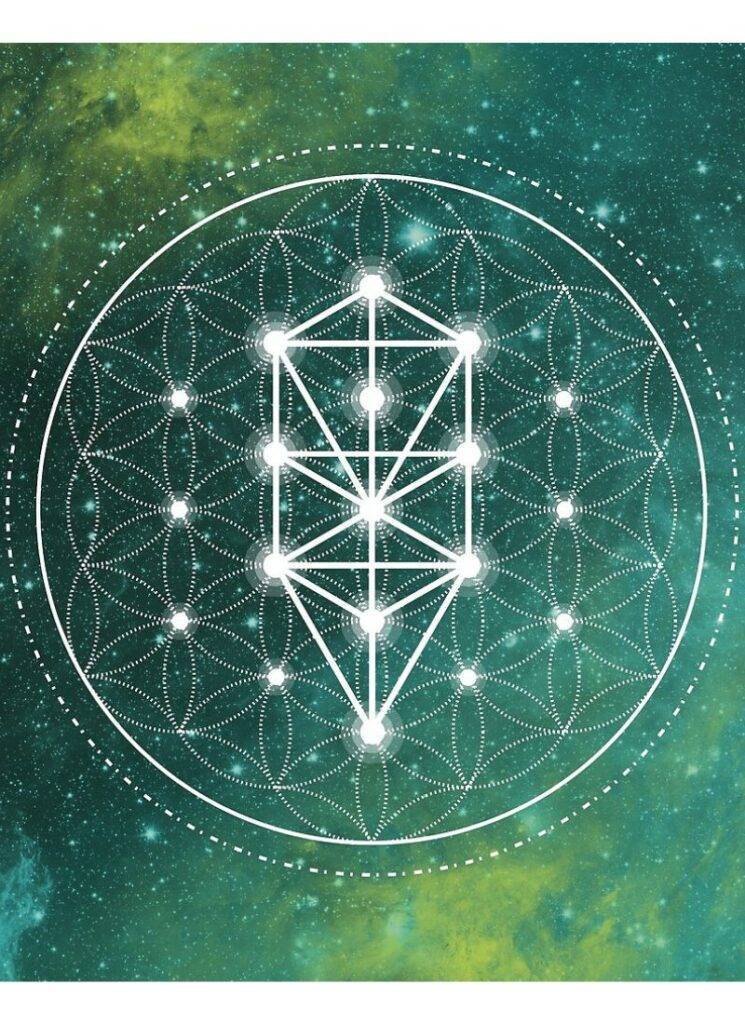
The tree of life can also be seen as a symbol of immortality since it is said to be eternal and ever-growing. In some cultures, the tree of life symbolizes transformation and balance, due to its ability to grow and change with the seasons.
Rainbow
Whether you see it as a symbol of hope or a spot where leprechauns hide a pot of gold, the rainbow offers colorful symbolism to various cultures across the globe. God used a rainbow to assure Noah that the horrors of the great flood were over. The rainbow symbolizes that a period of transformation will take place and that a new phase in your life is about to happen.

The rainbow serves as a vibrant reminder of our need to take the first steps in bringing about change. It also enables us to face the challenges that transformation offers. Believed to be a sign that directly comes from the Divine, many feel that rainbows give us the courage to go after the changes we wish to make.
Autumn
From the creative ways we decorate and cook pumpkins to the trees’ leaves changing from green to yellow, then orange, before falling, ancient traditions have linked autumn to the many phases of our lives. Apart from being a season when the lengths of night and day are equal, this amazingly chilly season is a compelling symbol of change and transformation.
While spring inspires us to grow and flourish, autumn moves us to blossom from within and embrace the spiritual changes we encounter. This transitional season encourages us to look within as we aim to nourish not just our bodies but also our souls constantly.
“You have to maintain a culture of transformation and stay true to your values.”
– Jeff Weiner
Eggs
While legends and myths associate the egg with our world’s birth, people often view eggs as symbols of fertility, life, and creation. Since they can produce life from an oval-shaped shell, eggs have been considered by some as being part of symbolism for transformation.

Produced by birds that populate every continent, it doesn’t come as a surprise that most recognize the egg as an image of change and transition. As the cracking of its shell reveals new life, eggs inspire us to patiently go through periods of renewal, for it often results in uncovering a better version of ourselves.
A makeover
Defined as a radical change in a person’s physical appearance, people often refer to a “makeover” in a positive light as a symbol of new beginnings and fresh starts. Whether in clothing, cosmetics, or something as simple as a haircut, this transformation symbol typically indicates and inspires us to go through changes to improve our lives (we also wrote a post about the spiritual meaning of someone cutting my hair).

Although most people associate a makeover with physical enhancements, it also reminds us that we can reform our personalities, characters, and attitudes. Since a makeover makes us feel more noticeable and attractive, it may be the enrichment we need to fulfill a significant spiritual transformation.
The repentant thief
In several Bible verses, the story of the repentant thief wonderfully tells us about God’s love and mercy for all those who willingly go through a spiritual transformation. He teaches us that Jesus Christ’s compassion has no limits and that even the simplest form of regret towards our sins is enough to bring about the salvation of our souls.
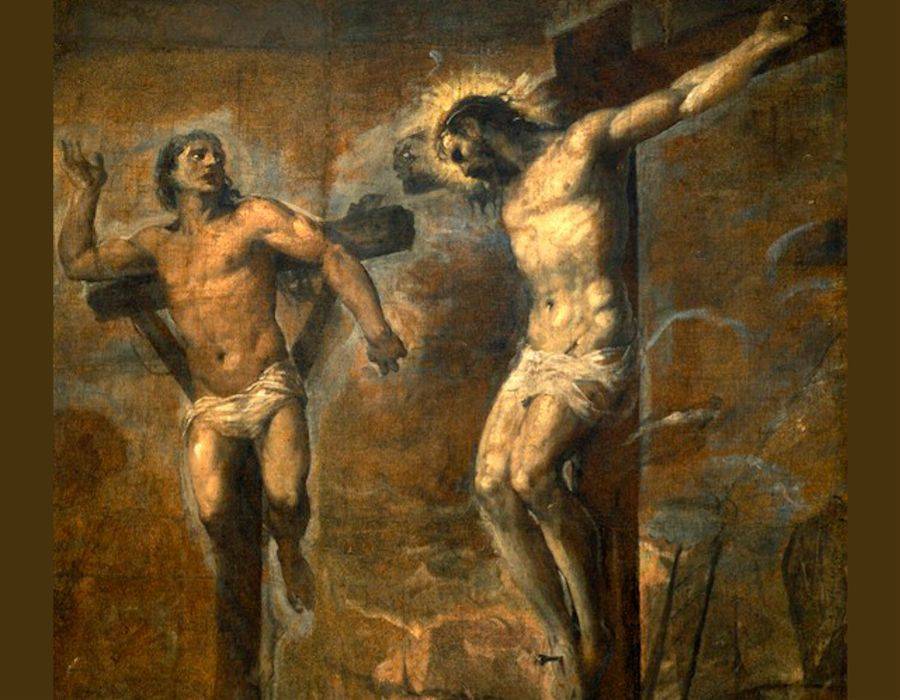
Later known as St. Dismas, the repentant thief’s humility before God and acknowledgment of his sins showed his strong desire to be with the Father in Heaven. His atonement and submission are widely recognized as perhaps the most popular symbolism for transformation in the Bible.
The Lotus Flower
The lotus flower is a popular symbol in many Eastern religions, particularly Buddhism and Hinduism (they are shown in the chakra symbols for instance). It grows in muddy water and rises up to the surface to bloom with breathtaking beauty.
Because of its ability to rise from the murky depths and blossom into something beautiful, the lotus is often seen as a symbol of transformation, hope, new beginnings, and spiritual awakening.

In the Buddhist tradition, the lotus is often associated with the Buddha himself. The story goes that when the Buddha was born, a lotus bloomed when he emerged from his mother’s side. The lotus is also seen as a symbol of purity since it blooms clean and untouched by the mud it rises from.
For Hindus, the lotus is associated with the god Vishnu. It is said that when Vishnu returns to Earth after destroying the world at the end of each age, he rests on a lotus flower floating on the cosmic ocean.
The Phoenix
The phoenix is a mythical bird that is reborn from its own ashes. It is often seen within symbolism for transformation as a symbol of hope, new beginnings, and rebirth after hardship.
The phoenix is said to live for a thousand years before it dies in a burst of flames. From the ashes, a new phoenix is born and the cycle begins anew. This story reminds us that even though there may be difficult times in our lives, we can always rise up from the ashes and start anew.

In ancient Greece, the phoenix was associated with the sun god Apollo. In Egyptian mythology, it was linked to the god Ra. And in Chinese mythology, the phoenix was seen as a symbol of yin and yang, representing the duality of nature. Read more about the phoenix symbolism here.
Ouroboros
The ouroboros is an ancient symbol that represents the cyclical nature of life. It is often depicted as a snake or dragon eating its own tail, and it has been used by many cultures throughout history to represent things like immortality, the universe, and the cycle of life, death, and rebirth.
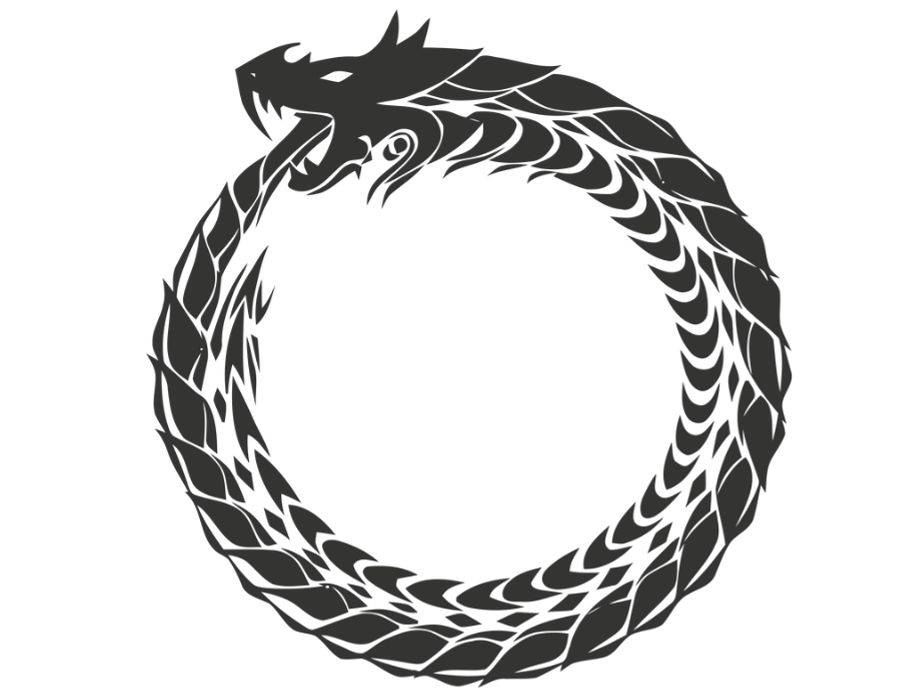
This symbol reminds us that everything is connected and that life is a never-ending cycle. It teaches us that death is not the end, but simply a step in the journey of life.
The ouroboros can also be seen as a symbol of self-sufficiency and enlightenment. By eating its own tail, the ouroboros represents that it is all it needs to sustain itself. This can be seen as a metaphor for the journey of self-discovery and enlightenment that we all must take.
Understanding Symbols of Transformation and Renewal in Daily Life
The journey of personal and spiritual transformation surrounds us in everyday symbolism that we often overlook. These powerful emblems of change and renewal serve as guides through life’s inevitable transitions, offering wisdom and encouragement when we face periods of metamorphosis.
Recognizing Transformation Symbols in Nature’s Cycles
Beyond the commonly discussed butterfly and phoenix metaphors, nature provides countless examples of transformation symbolism. The changing seasons—particularly the transition from winter to spring—represent nature’s most profound cycle of death and rebirth. Seeds buried in darkness eventually emerge into light, demonstrating that periods of dormancy often precede our most significant growth. The moon’s phases similarly illustrate that transformation follows predictable patterns, reminding us that darkness always yields to light again.
Water also serves as a powerful transformation symbol across cultures. Rivers constantly renew themselves while maintaining their essential nature, teaching us that we can change fundamentally while preserving our core identity. The ocean’s tides demonstrate that retreat sometimes precedes advancement, showing us that transformation often requires both forward momentum and reflective withdrawal.
Incorporating Transformation Symbolism into Personal Growth
When we consciously engage with transformation symbols, we can accelerate our own growth processes. Many people create personal rituals around these symbols—planting trees to mark new beginnings, collecting snake sheddings to acknowledge personal reinvention, or using butterfly imagery during major life transitions. These practices help us externalize internal changes, making abstract growth tangible and visible.
Throughout human history, transformation symbols have been incorporated into rites of passage. From baptism to vision quests, these ceremonies use symbolic imagery to mark the death of an old self and the birth of a new identity. By studying these traditions, we gain insight into how our ancestors understood and navigated personal evolution, providing templates for our own transformation journeys.
The most powerful aspect of transformation symbolism lies in its universal application. Whether facing career changes, relationship transitions, spiritual awakening, or personal reinvention, these symbols remind us that change—though often challenging—represents the natural order of existence. By embracing rather than resisting transformation, we align ourselves with life’s fundamental processes and discover renewed purpose and meaning.
FAQ
What does the metamorphosis of a butterfly symbolize?
The butterfly’s metamorphosis symbolizes profound personal transformation. The journey from caterpillar to chrysalis to butterfly represents our own capacity to evolve through different life stages, reminding us that significant change often requires a period of darkness before emerging renewed.
How does the phoenix represent renewal?
The phoenix rising from ashes symbolizes rebirth after destruction. This mythical bird represents our ability to recover from devastating circumstances and emerge stronger. It teaches that endings are often prerequisites for powerful new beginnings in our personal development journey.
Why is the lotus flower considered a transformation symbol?
The lotus flower grows from muddy waters yet produces immaculate blooms, symbolizing how beauty can emerge from difficult circumstances. It represents spiritual awakening and personal growth, teaching that our most meaningful transformations often require navigating through challenging or “muddy” experiences.
What does the Ouroboros symbol teach us about transformation?
The Ouroboros—a serpent eating its own tail—represents the cyclical nature of transformation. It reminds us that growth isn’t linear but continuous, featuring recurring patterns of endings and beginnings. This ancient symbol illustrates how self-reflection often catalyzes our most significant personal evolutions.
How can trees serve as symbols of personal growth?
Trees symbolize resilience and continuous growth. They shed leaves seasonally yet remain rooted, demonstrating how we can release outdated aspects of ourselves while maintaining our core identity. Their visible growth rings also represent how our experiences accumulate to shape who we become.
What does internal renewal involve in spiritual transformation?
Internal renewal involves honest self-examination, releasing limiting beliefs, and aligning with deeper values. This inner work often precedes external changes, requiring vulnerability and authenticity. Spiritual traditions view this process as essential for genuine transformation rather than superficial change.
How do rainbows symbolize transformation?
Rainbows emerge after storms, symbolizing hope and renewal following difficulty. Their appearance at the intersection of rain and sunshine represents how opposing forces can create beauty. This natural phenomenon reminds us that transformation often occurs when we integrate contrasting elements of our experience.
